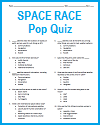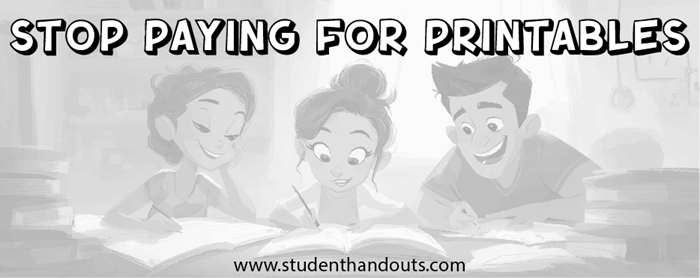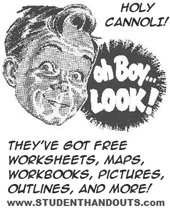Utilizing a wide variety of educational materials helps high school World History students gain a deeper and more comprehensive understanding of global economic issues in the years following World War II. The postwar period involved complex developments, such as the Marshall Plan, the rise of communism and capitalism, the founding of global financial institutions, and the beginning of economic globalization. No single resource can fully explain these topics, so combining textbooks, primary sources, maps, films, worksheets, and games provides students with multiple perspectives and ways to engage.
Primary documents, like speeches or aid agreements, allow students to interpret real-world decisions. Maps and infographics help visualize global trade routes, aid distribution, and political divisions. Films and documentaries bring historical events and economic struggles to life, while worksheets and timelines help organize information and reinforce key concepts. Educational games and simulations foster active learning, encouraging students to explore decision-making and cause-and-effect relationships.
By using a diverse mix of materials, students benefit from visual, auditory, and hands-on learning styles. This approach promotes deeper comprehension, supports critical thinking, and makes abstract economic issues more tangible. Ultimately, varied educational resources create a richer, more engaging classroom experience and help students better understand the global economic changes that shaped the modern world.
|









